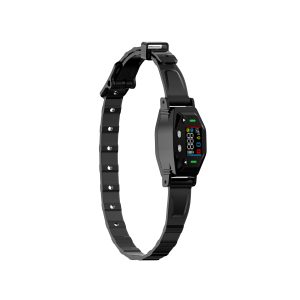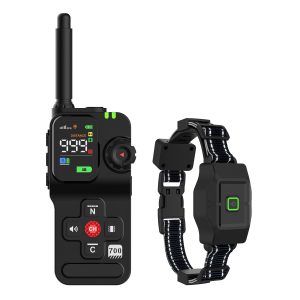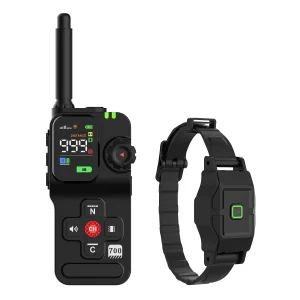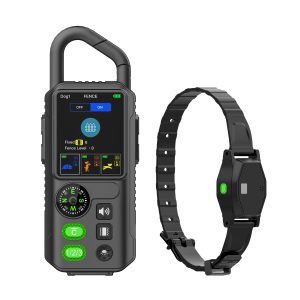How to Choose the Perfect Dog Training Collar
Choosing the right training collar for your furry companion can be a daunting task, given the plethora of options available in the market. Whether you have a new pup or an older dog in need of some training, selecting the appropriate collar is crucial for successful training sessions. Let’s delve into the key factors to consider when selecting the perfect dog training collar.
1. Understand Your Dog’s Training Needs
Before purchasing a training collar, assess your dog’s specific training requirements. Determine if your dog needs basic obedience training, behavior correction, or advanced training for specific tasks.
2. Choose the Right Type of Collar
There are various types of training collars, including choke collars, prong collars, vibration collars, and electronic collars. Research each type to identify which one aligns with your training goals and your dog’s temperament.
3. Consider Your Dog’s Size and Breed
The size and breed of your dog play a significant role in selecting an appropriate collar. Larger dogs may require sturdier collars, while smaller breeds might benefit from lightweight and adjustable collars.
4. Seek Advice from a Professional Trainer
If you are uncertain about which collar to choose, consult a professional dog trainer. They can provide valuable insights based on your dog’s behavior and training needs.
5. Test the Collar’s Fit and Comfort
Ensure that the collar fits your dog comfortably and securely. It should not be too tight to restrict breathing or too loose to slip off easily. Test the collar’s fit before beginning training sessions.
6. Research Brands and Read Reviews
Research different brands of dog training collars and read reviews from other pet owners. Opt for a reputable brand known for producing high-quality, durable, and safe training collars.
7. Establish Your Training Goals
Clearly define your training goals and expectations before choosing a collar. Different collars are designed for various training purposes, so align your goals with the collar’s features.
8. Consider Budget and Long-Term Use
Set a budget for the training collar while keeping in mind its long-term use. Investing in a durable collar that meets your training needs can save you money in the long run.
9. Start with Positive Reinforcement
Combine the use of a training collar with positive reinforcement techniques to encourage good behavior in your dog. Reward-based training can enhance the effectiveness of the collar.
10. Monitor Your Dog’s Progress
Regularly monitor your dog’s progress during training sessions. Adjust the collar settings or training methods if needed to ensure a comfortable and successful training experience for your pet.




